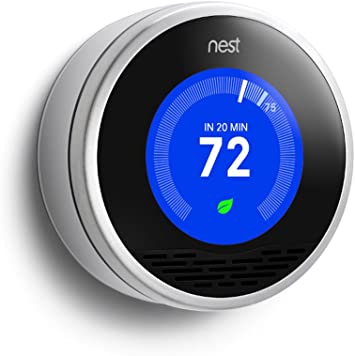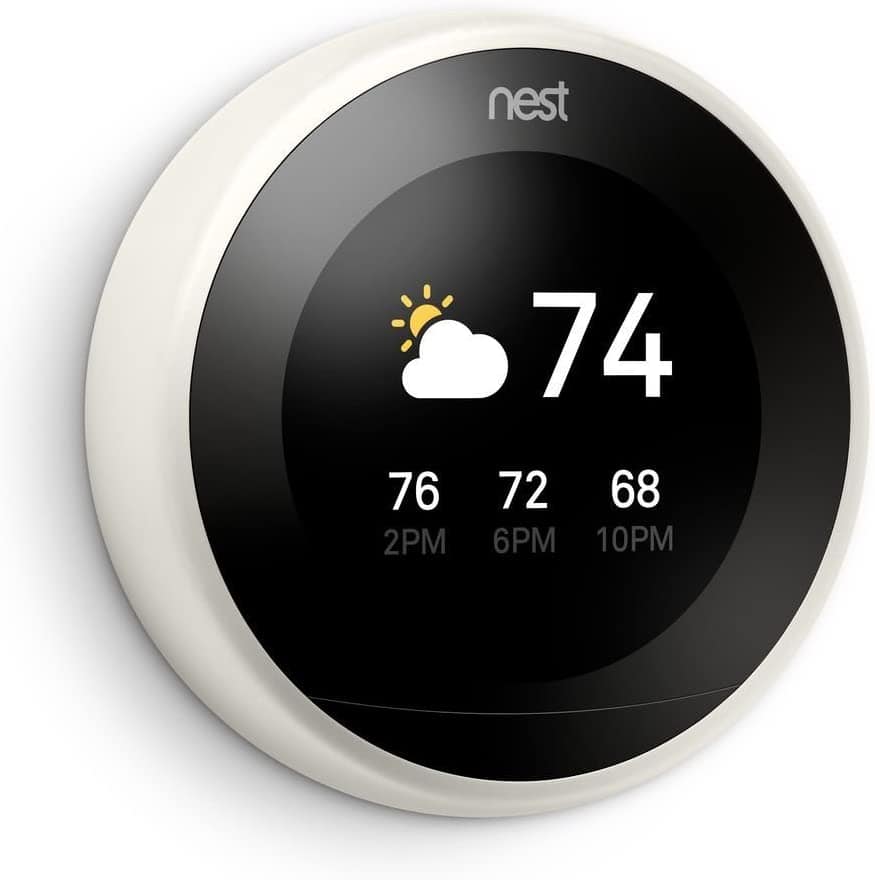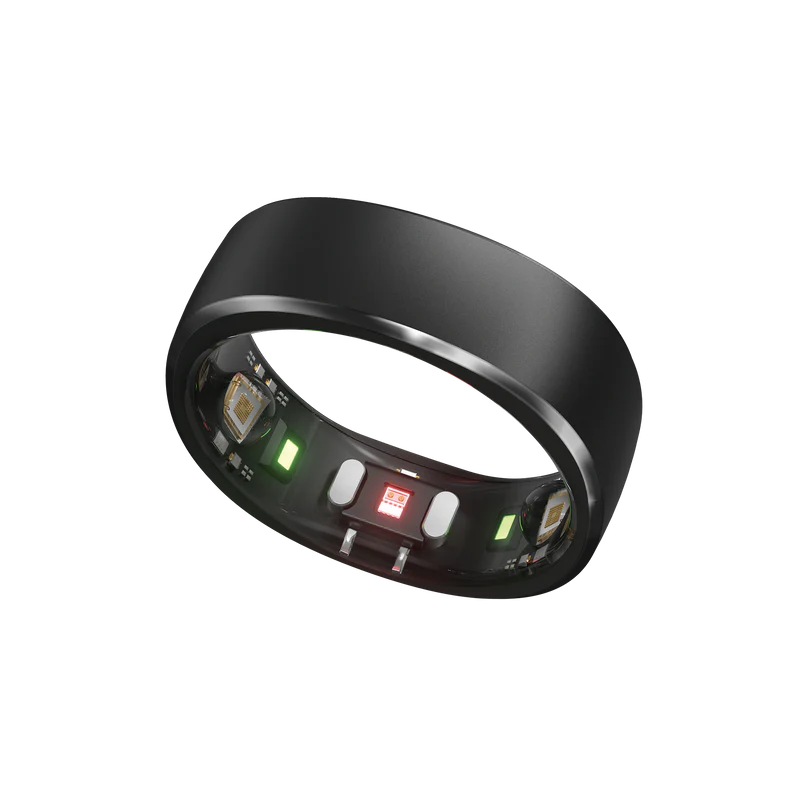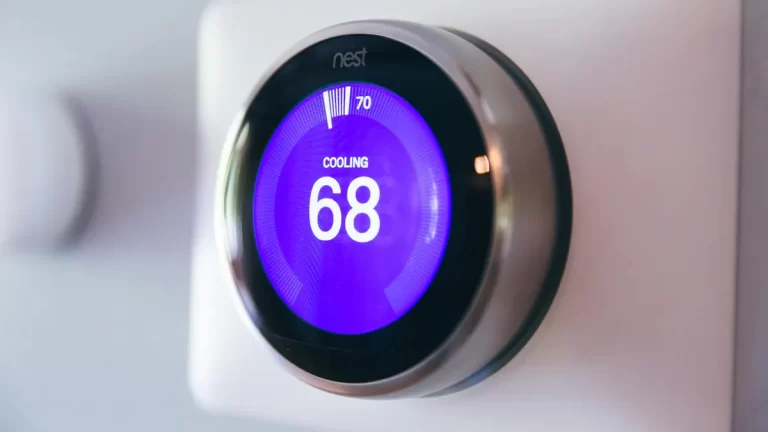The Nest Thermostat is a device from Google and Nest Labs. This smart thermostat observes your schedule and preferred temperatures at home or work. With its observation results, it helps you save energy and stay comfortable by optimizing temperatures.
One feature of the Nest Thermostat is the Nest Airwave. People always seem to have issues understanding the demands of this particular feature. So what really is this feature? What is its benefit, and is it worth it? We will be discussing this feature and how it can help you conserve energy in today’s article.
How the Nest Airwave Feature Conserves Energy and HVAC
Your typical HVAC unit has several functional parts. Manufacturers usually equip these HVACs with an air blower and furnace burner. The furnace burner burns natural gas, which passes through a heat exchanger. The generated heat is then distributed around your home or office using a blower fan.
The air blower or fan in the device is responsible for distributing airflow. Meanwhile, the furnace burner heats the interior atmosphere. However, the airflow could be hot or cool, depending on your setting.
You want to be able to walk into your home on a hot summer day and immediately enjoy the cool air courtesy of your HVAC system. The air conditioning system makes use of refrigerant in a closed system. All the heat in your home is sucked up and transferred outdoors into the compressor and condenser using this. Pretty sure you have seen it-the chamber with grates on it.
As it moves through your air conditioner, the refrigerant uses a coil to remove heat. This coil is a small metal piping with bent rows. The bent rows enable the coil to move heat that is full of cold refrigerant and propelled by the AC compressor.
The refrigerant coil is inside the air handler, usually located on top of the blower and furnace. Inside your house, the air blower distributes the warm air over the cold coils. This distribution results in a cooling effect in your house’s atmosphere.
There are two essential mechanical parts in this process: the blower motor and the compressor air conditioning unit. For all of its loudness and air consumption, the blower motor is very efficient. When comparing the two parts, you notice that the fan motor utilizes minimal power. On the other hand, the compressor of the air conditioner consumes a very significant amount of power.
This massive power consumption is because a substantial amount of energy is needed to distribute the coolant around the system. This principle is what the Nest Thermostat operates on to conserve electrical power with the aid of airwaves.
Working Principle of Nest Airwave
The Nest Thermostat comes with a built-in feature called the Nest Airwave. The basis of its working principle is the disparity in energy intake between the fan and compressor. Your everyday air conditioning unit turns off both the fan and compressor when it shuts down.
The Nest Airwave works its magic by using a unique algorithm to shut down the air conditioning system smartly. It knows the exact level of cooling that can be achieved with the compressor off. When you activate Airwave, it keeps the fan on while it stops the compressor ahead of time. When this happens, the fan keeps blowing hot air over the coils that are still cold.
This smart shutdown requires less energy consumption and boosts the efficiency of your air conditioning unit. Hence, you save some coins on electricity bills.
Configuring the Nest Airwave

This feature sounds wonderful, and I bet you are wondering how to turn it on. With the use of mobile GPS and sensors, Airwave comes on when a home interior reaches optimal Airwave condition. Optimal Airwave condition is when the degree of humidity in your home is low enough for Airwave to be effective.
Despite needing low levels of humidity indoors, Airwave can kick in if it is humid outdoors. If your house is newly built and properly insulated, this can happen. You can set up Airwave on the Nest Thermostat, the Nest app, or the Home app.
Configuring with The Home App
- Install the Nest Thermostat and download the app.
- Depending on your phone’s operating system, follow the instructions to set up the Nest app on your phone.
- Open the Nest app and select the Settings icon.
- Open Temperature Preferences.
- Select Airwave.
- Tap the switch to turn Airwave off or on.
Configuring with The Nest App
- Tap the Settings icon.
- Select your thermostat.
- Select Airwave.
- Click on the switch to turn Airwave off or on.
Configuring with Your Thermostat
- Press the ring to bring up the Quick View menu.
- Select the Settings icon.
- Click on Nest Sense.
- Select Airwave.
- Select Airwave off or Airwave on. When Airwave is on, a checkmark (✔) appears next to it, and a dash (–) shows when it is off.
Note that this option is only available on the Nest Learning Thermostat and Nest Thermostat E.
For the Nest Thermostat, when Airwave is on, you will observe three wavy lines. You will notice a blue swirl when Airwave is on for the Nest Learning Thermostat and the Nest Thermostat E. In the first couple of weeks after installing the device, you will have to regulate it yourself. This action provides a reference set. It also allows the device to observe the user’s schedule and preferences.
How Much Energy Nest Airwave Can Save You
Summertime and winter are when electricity bills shoot through the roof. Most likely because power companies charge higher as they generate more electricity; this cost increase is because many homes are running their air cooling or heating units concurrently, round the clock. These peak periods occur between 6 to 12 times per season.
Nest Airwave, thanks to its working principle, will help you conserve energy in both seasons. Your home will not only experience a reduction in energy consumption. You will also be able to cut down your combined network energy consumption during peak hours.
According to Nest, smart thermostats like the Nest thermostat can cut down your power intake with its Airwave feature. Average energy reduction ranges between 10-12% yearly on heating bills. The average energy reduction on cooling bills is 15%. The estimated average savings range between $131 and $145 annually.
Also, your device will give you an estimate for every year that you use it. It will notify you of any utility programs in your locality that will reward you for being more energy-efficient. Two of such programs are the Rush Hour Rewards and Seasonal Savings. At this rate, in two years, you can afford to buy a new Nest Thermostat with the money saved.
You can even save more when you combine Airwave with other features like Auto-Schedule and Eco Temperatures. Energy savings are typically dependent on peak hours. Nest Labs, in conjunction with energy-industry experts, made the Nest savings calculator. It uses a custom, dynamic design based on the second law of heat transfer and thermodynamics.
This calculator uses state-of-the-art research on building and equipment performance, and real-life data from MyEnergy verifies it. With the savings calculator, you can calculate estimates of the energy savings of the Nest thermostat using some primary data. The data that you provide include:
- your ZIP or postal code
- size of your home
- type of heating system you use, and
- If you have an air conditioning system or not.
However, total energy savings comprises energy savings in both heating and cooling seasons. You can find out more with the savings calculator.
Final Thoughts
The Nest Airwave is a very helpful feature. It smartly turns off the air conditioner’s compressor before time while keeping the fan on. This action allows it to optimize that cooling time to distribute extra bursts of cold air out of your air conditioning unit.
Airwave helps you to save energy and boosts your HVAC unit’s efficiency. This innovative feature, among others, sets the Nest Thermostat apart from other smart thermostats. The Nest Airwave’s energy-saving feature comes with little to no inconvenience to you. It is also very friendly to the environment.
The automated system it operates with prevents you from noticing when it comes on. Its seamless transition allows cool air to continue blowing despite the air conditioner being off. An added advantage is you can manually regulate Airwave with Alexa or the Nest App on your phone.
Whether you were searching for information about the Nest Thermostat’s Airwave before buying one , or whether you already own one and just needed help setting it up. We hope you found the answers here and understand better the main benefits of the nest thermostat and the Nest Airwave feature. Feel free to drop us a line in the comments and let us know what you think.
FAQ
Will Nest Airwave Save You Money?
Yes, the Nest Airwave can save you a lot of money. Nest smart thermostats have a proprietary feature called the Airwave which they use to reduce your HVAC’s electrical power consumption. This airwave feature instructs your air conditioner to shut its air compressor off, leaving only its fan functioning to circulate air through the cold coil and throughout the room.
Once the airwave feature shuts off your HVAC’s compressor prematurely, only the air conditioning fan motor will function. And this reduces the HAVC’s electrical power consumption. This feature comes in handy in summer when there’s an overload on the grid and when power supply companies charge a premium fee. So, you want to activate this Nest thermostat feature to save on your heating and cooling costs.
How to turn off airwave on nest?
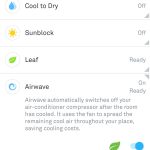
Open the nest app and tap settings.
Select your thermostat and toggle airwave off.

